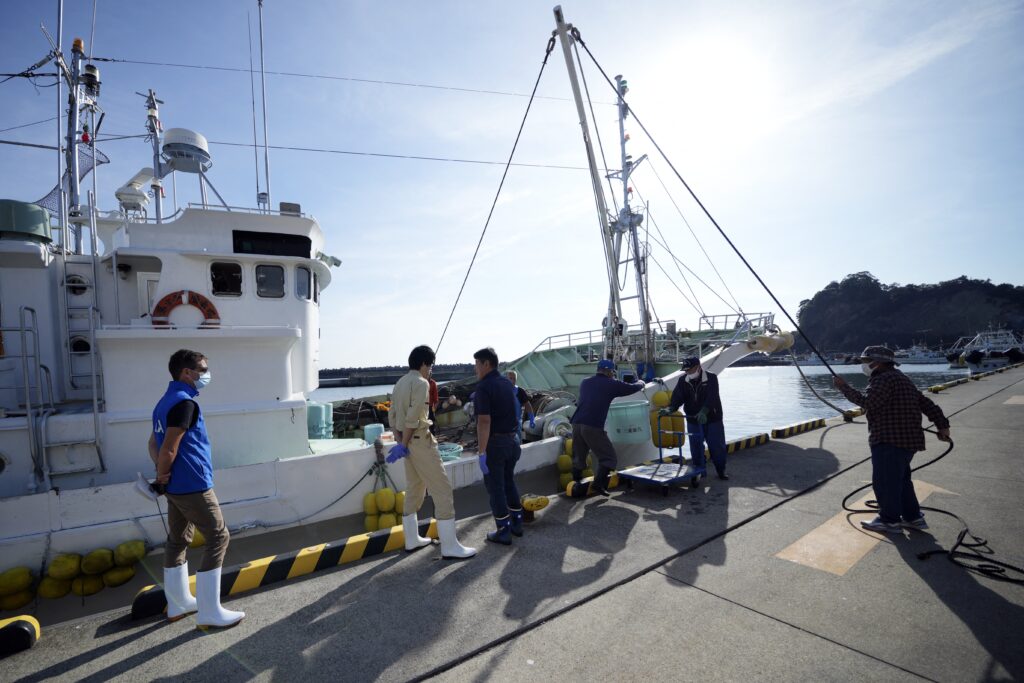
- ARAB NEWS
- 12 Jul 2025

TOKYO: A combination of two methods should be used for the full-fledged removal of radioactive fuel debris from the Fukushima No. 1 nuclear power plant in northeastern Japan, Nuclear Damage Compensation and Decommissioning Facilitation Corp. said Friday.
The government-backed corporation, which supports the decommissioning of the nuclear plant operated by Tokyo Electric Power Company Holdings Inc., proposed a combination of removing debris exposed in the air and solidifying debris using a filler.
Fuel debris is a mixture of nuclear fuel and reactor structures melted as a result of the triple meltdown in March 2011. An estimated 880 tons of fuel debris remains in the plant’s No. 1, No. 2 and No. 3 reactors. It must be removed to complete the decommissioning of the plant.
For the debris retrieval at the No. 3 reactor, the corporation released a report evaluating the feasibility of the two methods as well as a submersion method to encase the entire reactor building in a water-filled structure to extract the debris.
The report said that the method of removing the debris by a robot after exposing it to the air can be applied without making major changes to conditions inside the reactor. The method, however, faces the difficulty of developing a remote-controlled robot that can operate even in a high-dose reactor.
The report said that this difficulty would be addressed to a certain extent by combining with the solidification method of using a filler effective in blocking radiation.
The submergence method is problematic because constructing a structure to contain a large amount of water takes time, the report said. But it also said that the use of water will continue to be considered as it is highly beneficial in terms of blocking radiation.
Based on the report, TEPCO will consider ways to remove the debris in detail with a plan to start full-scale removal in the 2030s.
JIJI Press